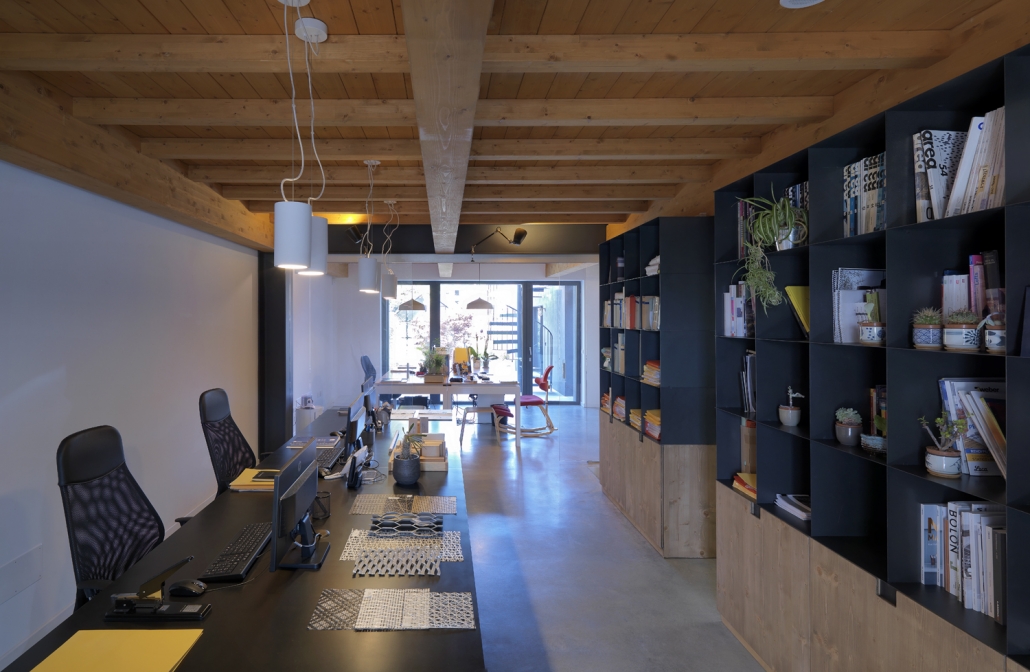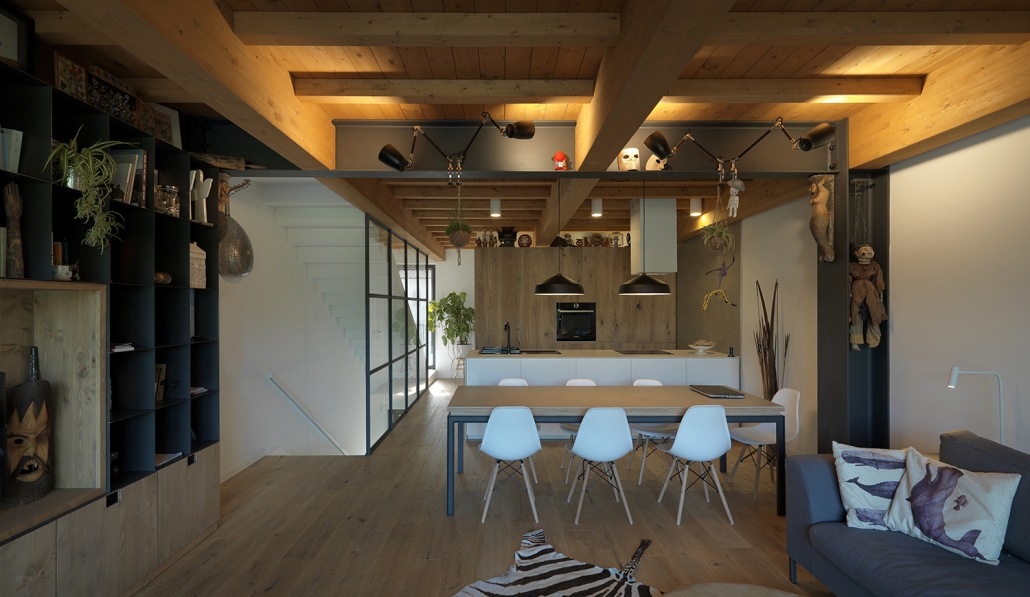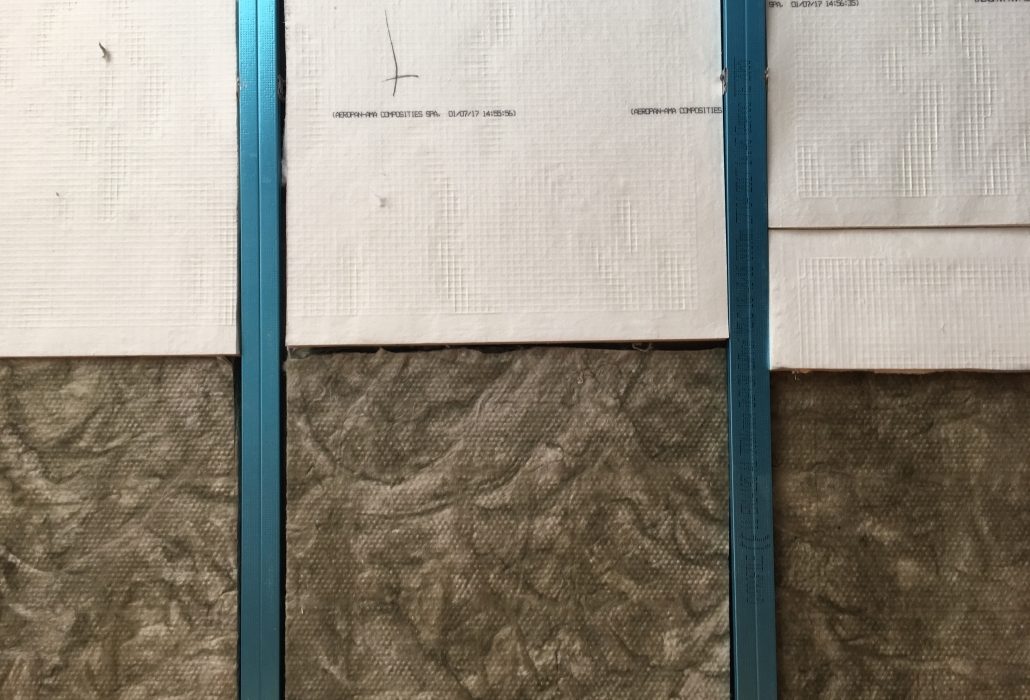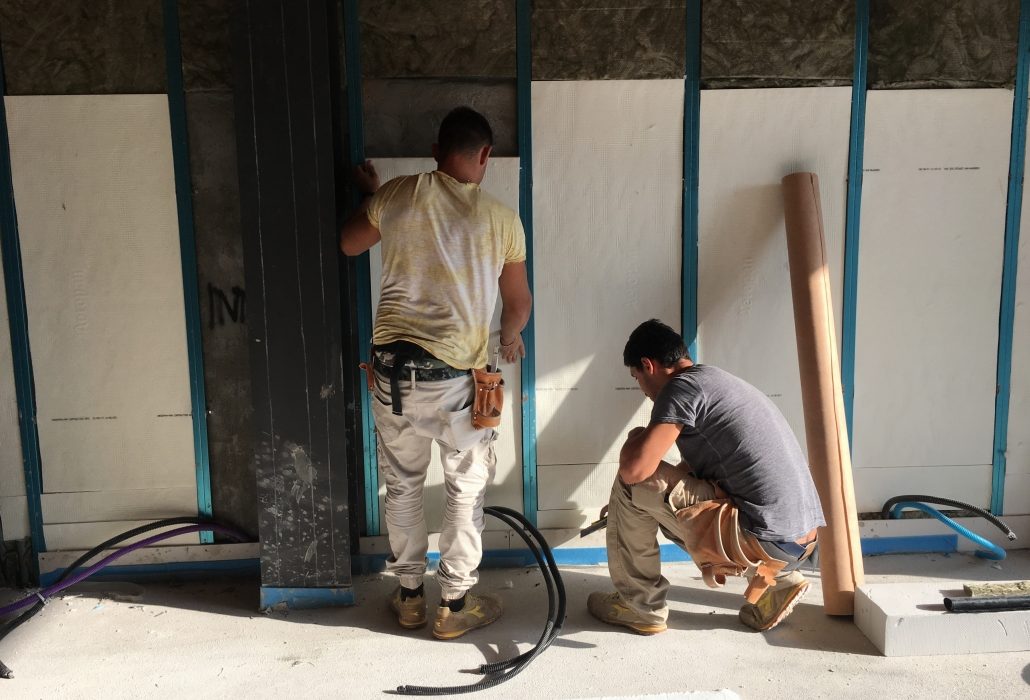Aeropan was one of the protagonists of the creation of a Passive House in the historic center of Cesena. Let’s see how this zero-consumption, sustainable renovation took place!
Aeropan in Cesena
We are in the historic center of Cesena, in a neighborhood characterized by small apartment blocks. Here was built the first European Passivhaus within an urban aggregate. The building has zero emissions into the atmosphere and, in terms of summer and winter air conditioning, produces more energy than it consumes.
What is a Passive House?
Using the international Passive House protocol during renovation or building projects is the highest scientific reference for sustainable buildings with energy consumption close to zero.
Briefly, a passive house is a building that mostly covers the energy requirements for indoor heating and cooling by using passive devices.
Therefore, a Passive House can warm up without a traditional heating system. And it does that by using the sun and the heat produced by the human body and household appliances.
Apart from the energy consumption close to zero, a Passive House guarantees high levels of comfort compared to traditional buildings. The protocol permits the reduction of CO2 inside the house, the verification of molds and condensates through analytic calculation of thermal bridges, constant superficial temperatures, 50% relative humidity with 20° during winter and 25° during summer.
The recovery project
The project includes the residence and architectural study of the designer. Innovative construction technologies have been used freely in order to achieve the efficiency of a Passive House while reducing costs as much as possible. The building has a mixed structure of wood (laminated and XLAM), steel, reinforced masonry, and reinforced concrete, in which every material cooperates to the fullest by exploiting its natural characteristics. In doing so, the cost of building the house was kept at market levels without sacrificing any qualitative aspect.
As already mentioned, the building has such an efficient building envelope that it can warm up by using sun rays and heat produced by the human body and household appliances. It is not connected to the gas network and is only equipped with the mechanical ventilation system and heat pump. The building, by not using combustible energy sources, has zero emissions in the atmosphere.
Taking into consideration the earthquake emergency that affects 80% of Italian buildings, the project introduces important innovations in the structural field by using advanced systems that allow the adaptation to the current legislation – condition made even more complex by the integration of the unit in an existing urban aggregate.
Moreover, the building, given its features in terms of technological innovation, environmental sustainability, and energy efficiency, is the pilot project in the protocol for urban regeneration promoted by the CNA in Forlì-Cesena and signed by all the municipalities of the province.
The use of Aeropan
Using Aeropan, the insulation panel made of Aerogel, was necessary for the insulation of the existing perimetral walls, bordering the adjacent house.
Given the pre-existing structure, which was not perfectly vertical and did not permit, in some places, using “traditional” thermal insulation panels, it was decided to use Aeropan. Installing insulation panels was essential, given the presence of thermal bridges which would have affected the entire thermal insulation.
In this way, thanks to the minimum thickness and maximum insulation guaranteed by the Aeropan panels we were able to guarantee a perfect insulation system for the entire building.
Photos by Daniele Domenicali – info@danieledomenicali.com





